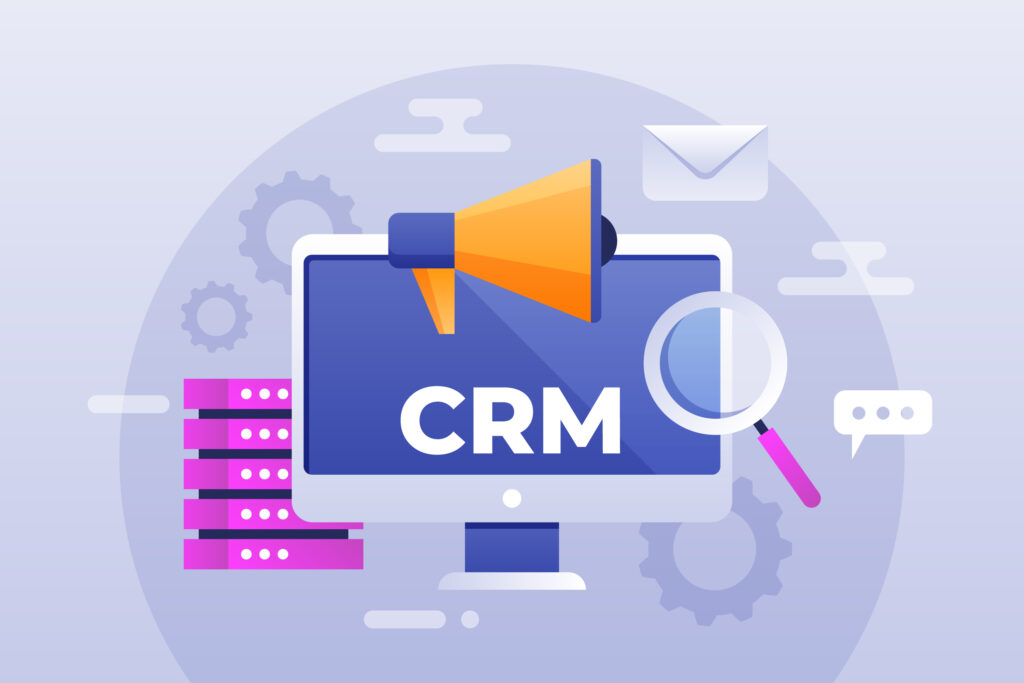Picture this: You’re jumping between five different tabs, copying and pasting data, and praying nothing gets lost in the shuffle. Sound familiar? Last week, I met a marketing director who spent 12 hours every month just moving data between systems. Twelve hours! That’s time she could’ve spent actually growing her business. Let’s talk about how HubSpot integration can give you those hours back – and make your tools work together like a well-oiled machine.
The Hidden Cost of Disconnected Tools
Quick story: Mike runs a growing e-commerce business. His team used separate tools for email marketing, customer service, and sales tracking. They were drowning in manual data entry, missing follow-ups, and losing leads in the handoff between systems. Does this sound like your daily headache?
The real problems with disconnected systems:
– Important customer details falling through the cracks
– Teams working with outdated information
– Hours wasted on copy-paste tasks
– Missed opportunities because nobody saw the full picture
Fun fact (well, not so fun): Businesses lose up to 30% of their revenue due to poor integration between systems. That’s not just a number – it’s money walking out your door.
HubSpot: Your Integration Superhero
Here’s where things get interesting. HubSpot isn’t just another tool to add to your stack – it’s the glue that makes everything work together. Let me show you how real businesses are using HubSpot to create their own success stories.
Take Sarah’s digital agency. They connected HubSpot with:
– Their Zoom account for automatic webinar follow-ups
– Slack for instant team notifications about hot leads
– Gmail for tracking every client interaction
– WordPress for seamless content publishing
– Their accounting software for accurate ROI tracking
Result? They cut admin time by 60% and saw a 40% jump in lead response rates. Now that’s what I call working smarter!
Making Integration Work in the Real World
Let’s break down how you can make HubSpot play nice with your existing tools:
1. Start Where It Hurts
What’s your biggest time-waster right now? One of our clients was manually updating customer records in three different places. By connecting HubSpot with their CRM, they automated the whole process. Boom – four hours saved every week!
2. Connect the Tools You Use Daily
HubSpot’s native integrations include:
– Popular CRMs (Salesforce, Microsoft Dynamics)
– Social media platforms (LinkedIn, Facebook, Twitter)
– Communication tools (Gmail, Outlook, Slack)
– Content management systems (WordPress, Wix)
– And hundreds more through Zapier
3. Create Custom Workflows
Here’s a cool example: A real estate company set up HubSpot to automatically:
– Create property listings from their MLS system
– Send personalized emails when someone views a property
– Alert agents through Slack about hot prospects
– Update their website with new listings
– Track every interaction in one place
“But What If…” (Let’s Talk About Your Concerns)
I hear these worries all the time, so let’s address them head-on:
“Won’t integration be a technical nightmare?”
Meet Tom. He’s about as tech-savvy as a potato (his words, not mine). He connected HubSpot to his essential tools in one afternoon. Most integrations are point-and-click simple, and HubSpot’s support team is there when you need them.
“What about my existing data?”
HubSpot’s import tools are like magic – they’ll help you bring over your contacts, deals, and history without losing anything important. One of our clients moved 50,000 records without a single hiccup.
“Is it worth the investment?”
Let’s do the math: How much is an hour of your time worth? Multiply that by the hours you spend switching between tools each month. Now add the cost of missed opportunities and delayed responses. That’s what disconnected systems are costing you right now.
Time to Connect Your Digital World
Think about it: What could you achieve if all your tools worked together perfectly? If every piece of customer information was right where you needed it? If your marketing, sales, and service teams were always on the same page?
Here’s what you can do right now:
1. List your essential tools and processes
2. Book a HubSpot demo to see exactly how integration would work for your business
3. Start small with one or two key integrations
4. Scale up as you see results
Remember: The most successful businesses aren’t necessarily using more tools – they’re making their tools work better together. HubSpot can be the conductor that gets your business orchestra playing in perfect harmony.
P.S. Wondering how specific tools would integrate with your setup? Let’s talk! I’d love to show you some real-world examples of businesses just like yours who’ve transformed their operations with HubSpot integration.



